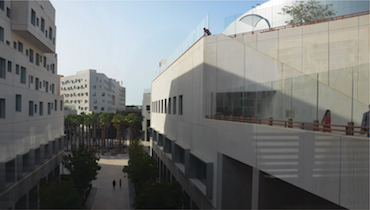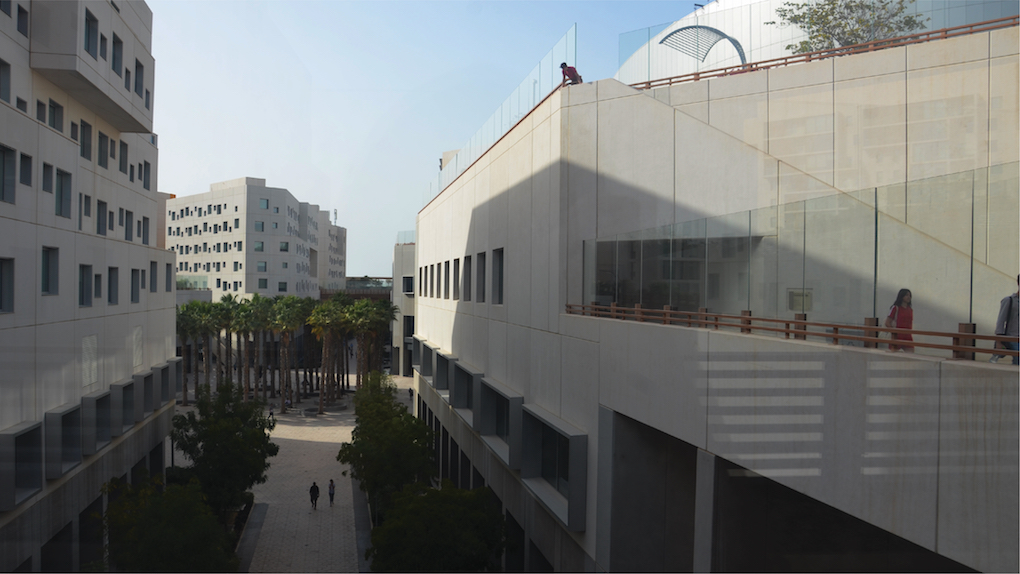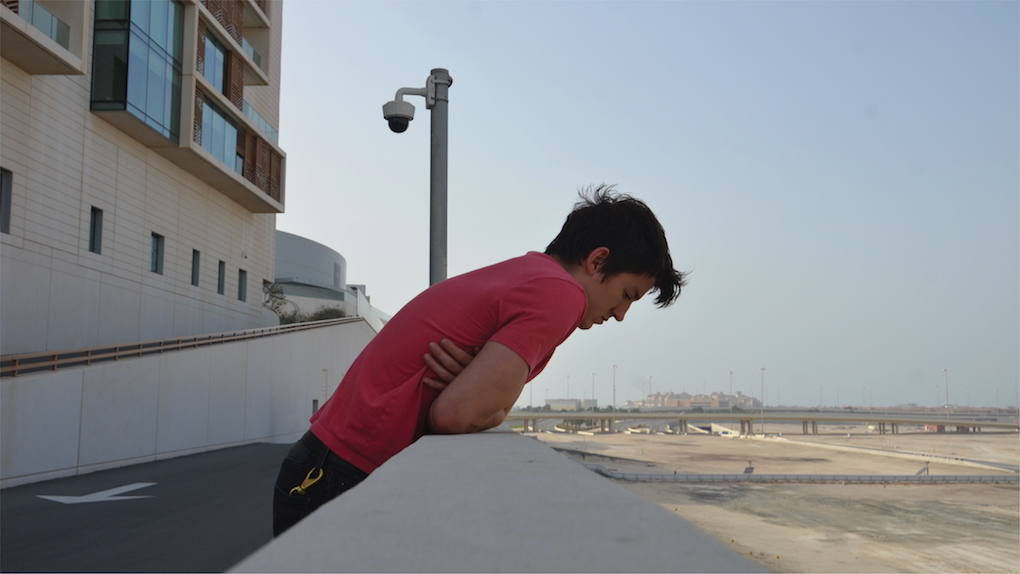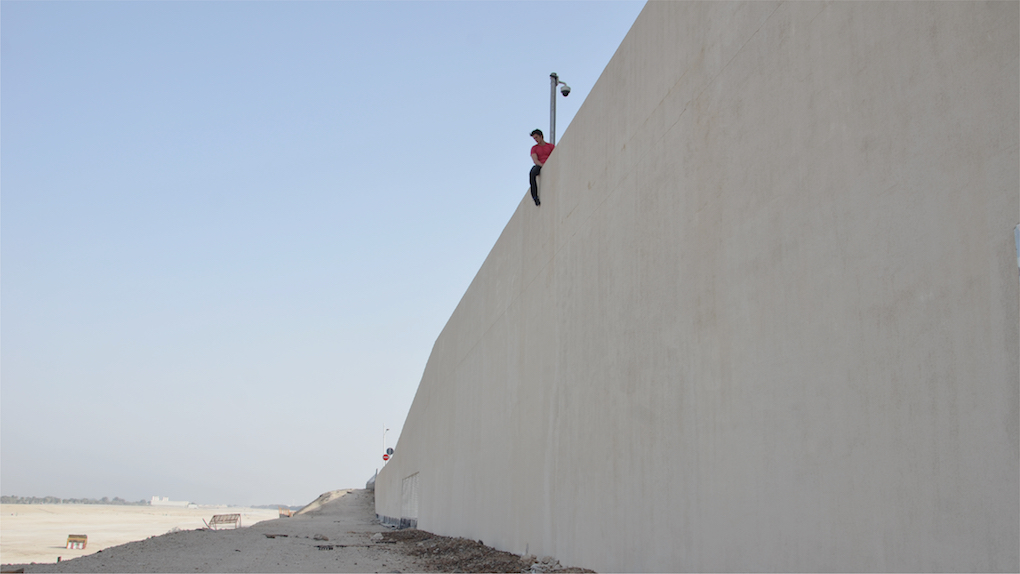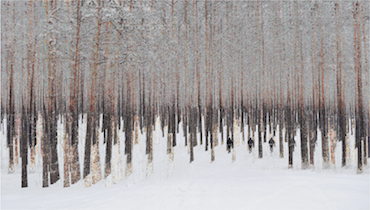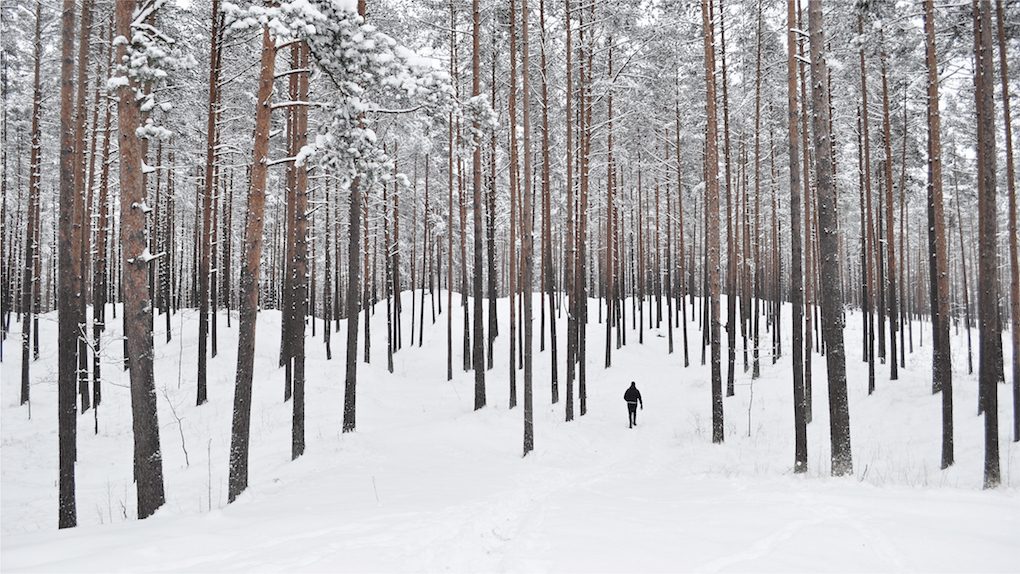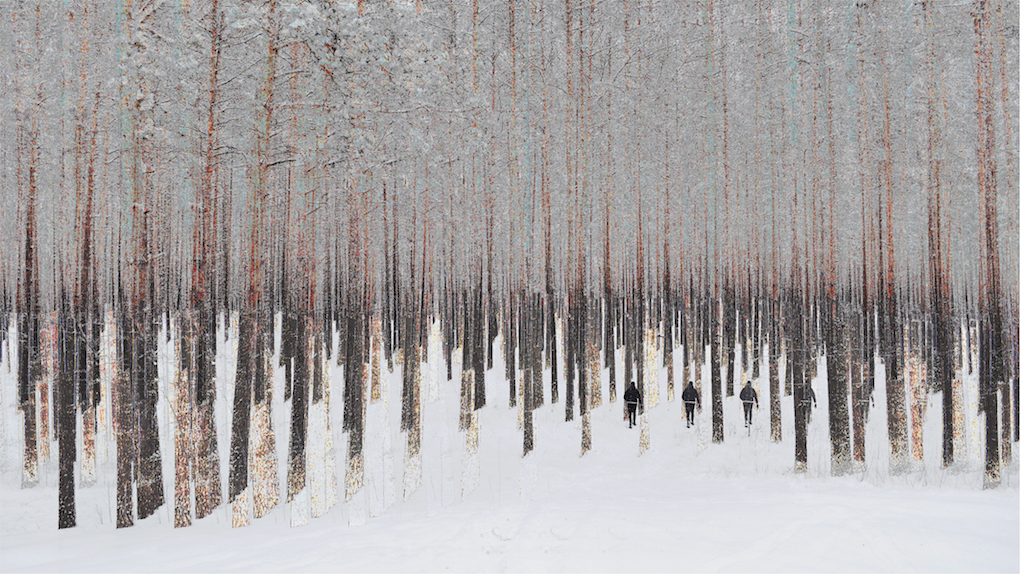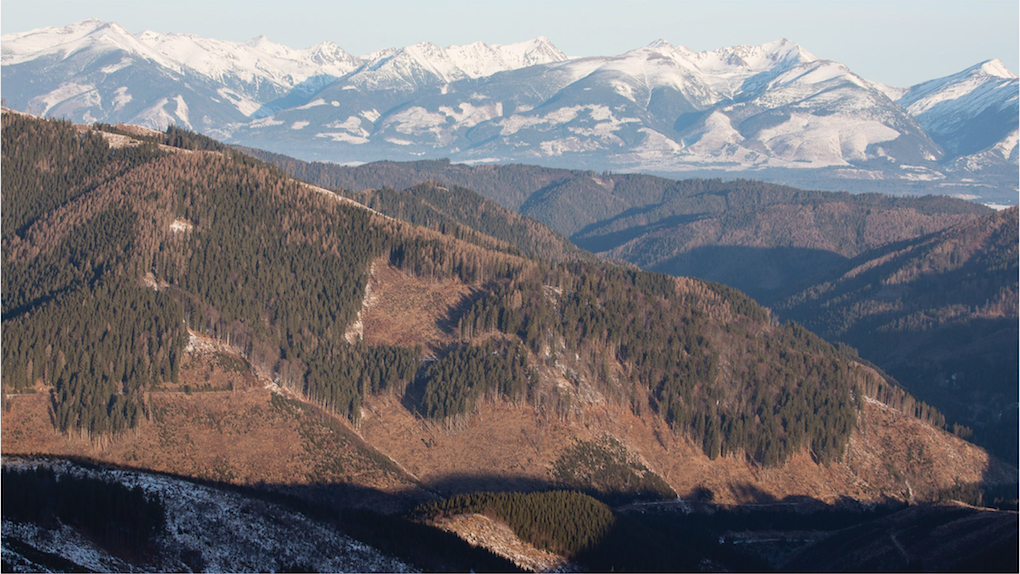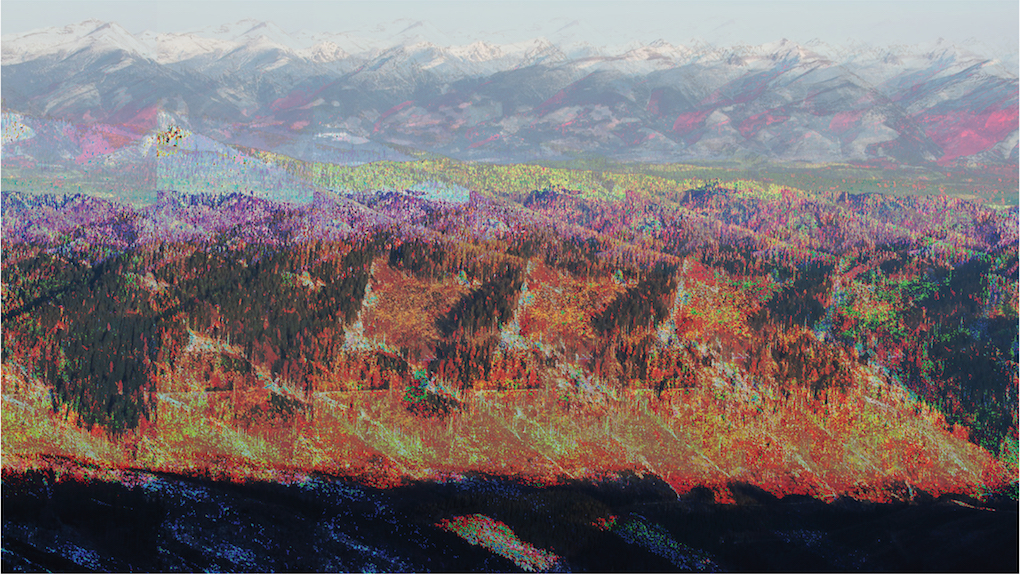Plastic Ocean is a game which represents how both conscious and unconscious actions and habits of human beings lead to ocean pollution.
tiger tianluize riekstanhi pham le yen
Description
“Plastic Ocean” is a game which tells a story about ocean plastic pollution and how humans contribute to it. Although originally “Plastic Ocean” was meant as a VR experience, alterations had to be made because of the current situation. There are two scenes in the game. In the first scene, the user finds themselves in a common multi story building living room. There are plastic containers scattered around the room and the player can interact with these plastic containers around – pick them up and drop them. The player then finds a television and clicking it triggers a video to play. After watching a short clip about ocean pollution, the user teleports to an underwater world. At first it is pristine and clean and many sea creatures are swimming around. The user follows a guided path by seaweeds and overtime notice plastic containers from the first scene appearing around them in the ocean. Eventually all sea creatures disappear and plastic takes over the ocean. After making a loop around the ocean it is possible to teleport back to the first scene in the living room to reflect back on the actions taken in the first scene.

